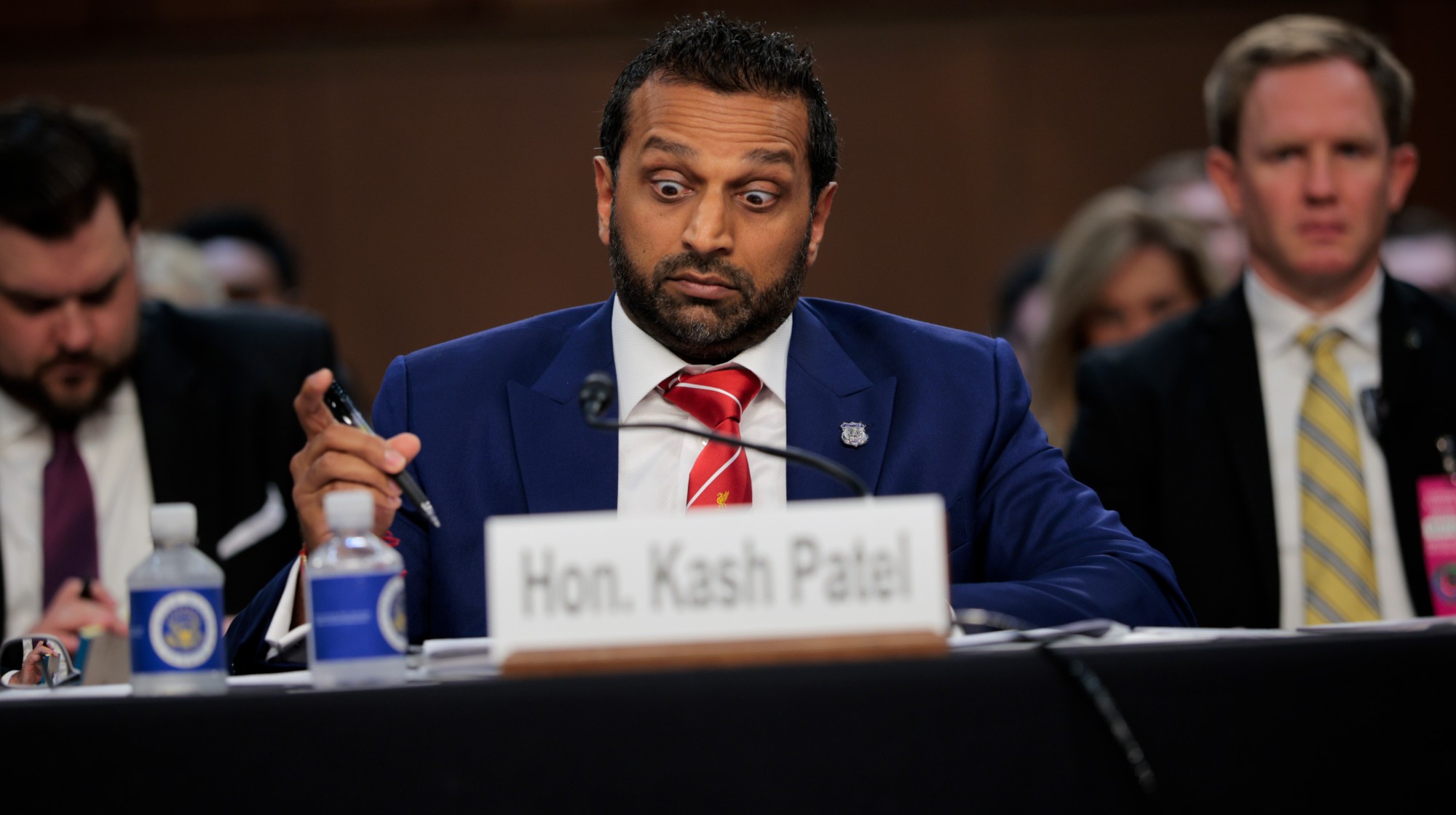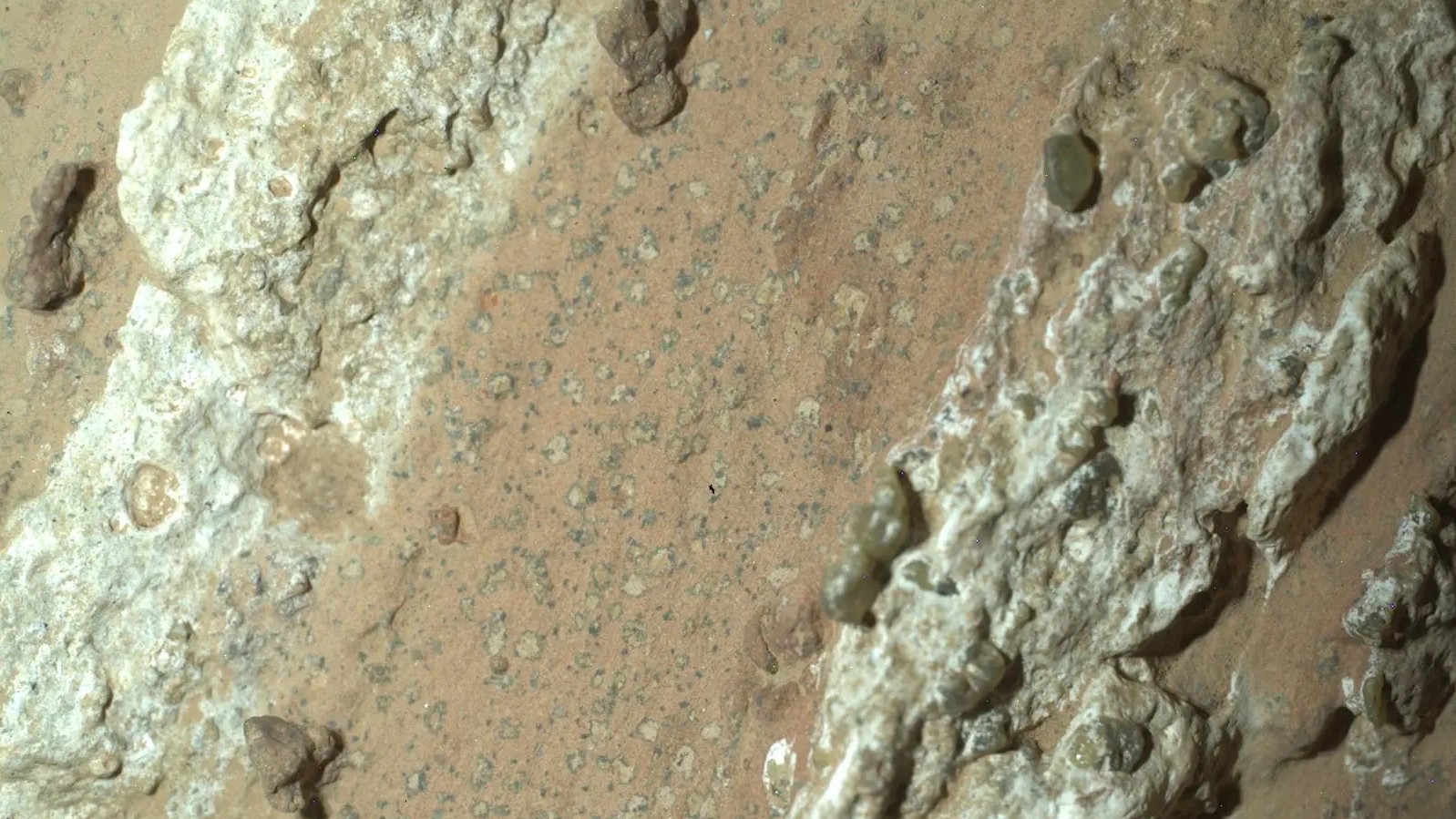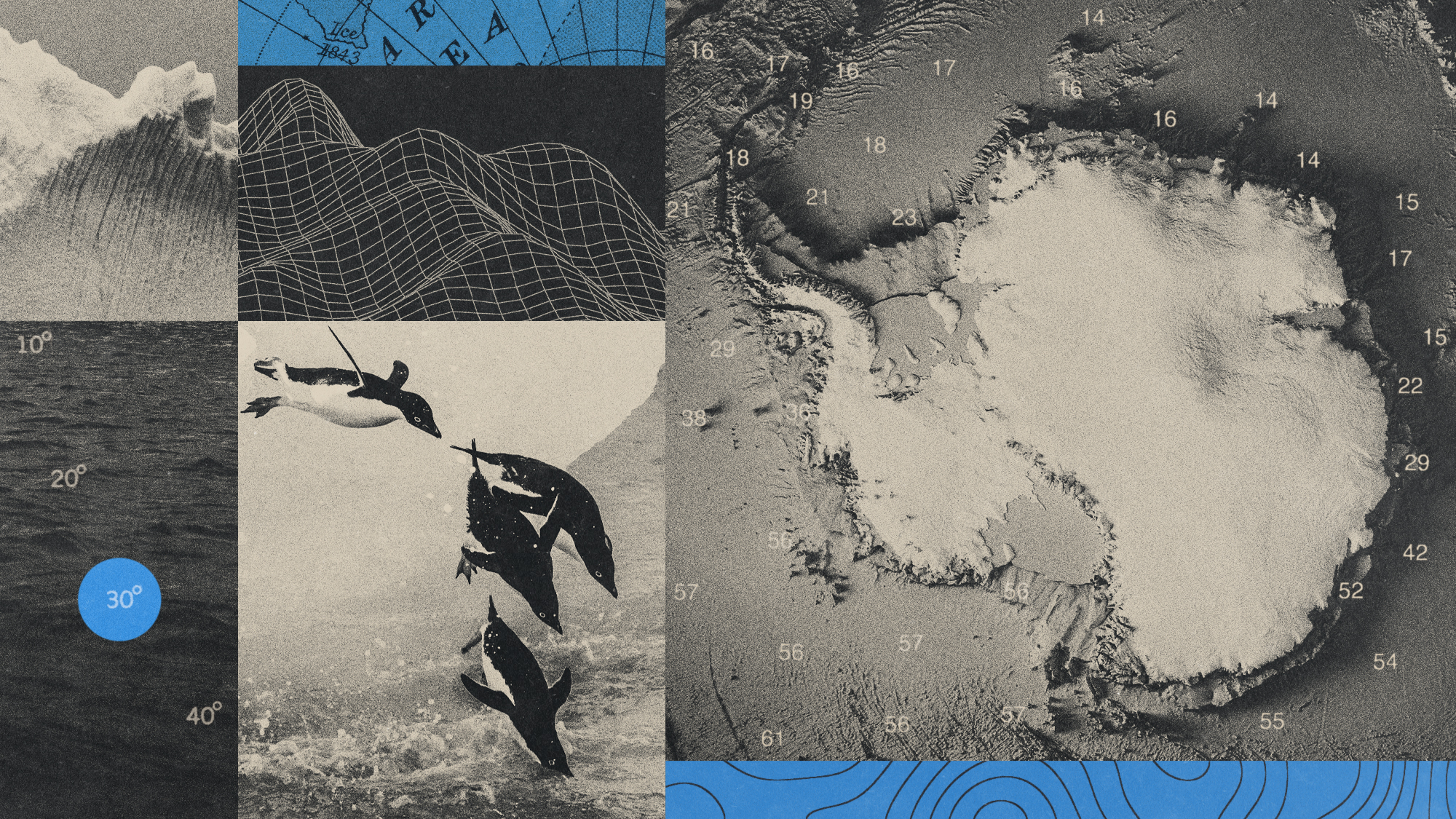North America is 'dripping' into Earth's mantle
Things are rocky below the surface


The oldest crust on Earth, known to be unchanging, is actually being altered in real time. The North American continent is "dripping" rock into the lower layers of the Earth, new research says, and in the process providing new information about how continents and landmasses evolve.
Between a rock and a hard place
The Earth's continents contain cratons, which are ancient and stable pieces of the crust that very rarely change and deform. Any changes to cratons happen over a long geologic timescale. But a paper published in the journal Nature Geoscience found that the underside of the North American continent is "dripping" as we speak. Underneath the U.S. Midwest, the continent is losing blobs of rock into the Earth's mantle.
Scientists had posited that there was something beneath the North American craton causing the drips, and that something turned out to be a "chunk of oceanic crust that broke off from an ancient tectonic plate called the Farallon plate," said Live Science. The slab of rock is applying a downward dragging force on the continent and is "both redirecting the flow of material in the mantle such that it is wearing away the bottom of the North American craton" and also "releasing volatile compounds that are weakening the base of the crust," said Newsweek.
The Week
Escape your echo chamber. Get the facts behind the news, plus analysis from multiple perspectives.

Sign up for The Week's Free Newsletters
From our morning news briefing to a weekly Good News Newsletter, get the best of The Week delivered directly to your inbox.
From our morning news briefing to a weekly Good News Newsletter, get the best of The Week delivered directly to your inbox.
The Farallon plate is interacting with the whole North American craton, but the dripping is concentrated in the Midwest. The researchers used a full-waveform tomographic model of the North American plate that showed "extensive drip-like features," said the paper. "Because of the use of this full-waveform method, we have a better representation of that important zone between the deep mantle and the shallower lithosphere where we would expect to get clues on what's happening with the lithosphere," said Thorsten Becker, a professor at the University of Texas at Austin's Department of Earth and Planetary Sciences and Institute for Geophysics and co-author of the paper, in a press release.
Rocky rearrangement
This is not the first time scientists have found evidence of cratons changing. A study published at the end of 2024 found that the North China Craton had undergone deformation too. However, the interesting part of the North American craton discovery is that the changes are happening now, which "gives scientists an unprecedented opportunity to learn more about the geology of these lithospheric cores," said Popular Mechanics.
There is much to be found in timely evidence. Geologists can "observe developments in close-to-real-time by tracking the rate at which seismic waves from earthquakes move through the craton," said IFL Science. "That gives us a much better opportunity to make sense of the details than an example from the deep past." The Earth's geologic history has changed dramatically through the years. "This sort of thing is important if we want to understand how a planet has evolved over a long time," Becker said. "It helps us understand: how do you make continents, how do you break them and how do you recycle them."
The good news is that we will not feel any noticeable difference in our lifetimes. "The mantle processes driving the dripping can influence how tectonic plates evolve over time, but they are very slow going," said the press release. Also, the dripping is "expected to eventually stop as the remnants of the tectonic plate sinks deeper into the mantle and its influence over the craton fades" — a sort of tectonic law of diminishing returns.
A free daily email with the biggest news stories of the day – and the best features from TheWeek.com
Devika Rao has worked as a staff writer at The Week since 2022, covering science, the environment, climate and business. She previously worked as a policy associate for a nonprofit organization advocating for environmental action from a business perspective.
-
 The curious history of hanging coffins
The curious history of hanging coffinsUnder The Radar Ancient societies in southern China pegged coffins into high cliffsides in burial ritual linked to good fortune
-
 The Trump administration says it deports dangerous criminals. ICE data tells a different story.
The Trump administration says it deports dangerous criminals. ICE data tells a different story.IN THE SPOTLIGHT Arrest data points to an inconvenient truth for the White House’s ongoing deportation agenda
-
 Ex-FBI agents sue Patel over protest firing
Ex-FBI agents sue Patel over protest firingspeed read The former FBI agents were fired for kneeling during a 2020 racial justice protest for ‘apolitical tactical reasons’
-
 ‘The Big Crunch’: why science is divided over the future of the universe
‘The Big Crunch’: why science is divided over the future of the universeThe Explainer New study upends the prevailing theory about dark matter and says it is weakening
-
 Dinosaurs were thriving before asteroid, study finds
Dinosaurs were thriving before asteroid, study findsSpeed Read The dinosaurs would not have gone extinct if not for the asteroid
-
 The moon is rusting
The moon is rustingUnder the radar The Earth is likely to blame
-
 Africa could become the next frontier for space programs
Africa could become the next frontier for space programsThe Explainer China and the US are both working on space applications for Africa
-
 NASA reveals ‘clearest sign of life’ on Mars yet
NASA reveals ‘clearest sign of life’ on Mars yetSpeed Read The evidence came in the form of a rock sample collected on the planet
-
 Canyons under the Antarctic have deep impacts
Canyons under the Antarctic have deep impactsUnder the radar Submarine canyons could be affecting the climate more than previously thought
-
 Atoms into gold: alchemy's modern resurgence
Atoms into gold: alchemy's modern resurgenceUnder the radar The practice of alchemy has been attempted for thousands of years
-
 Hurricanes are not exclusive to Earth. They can happen in space.
Hurricanes are not exclusive to Earth. They can happen in space.Under the radar These storms may cause navigational problems
